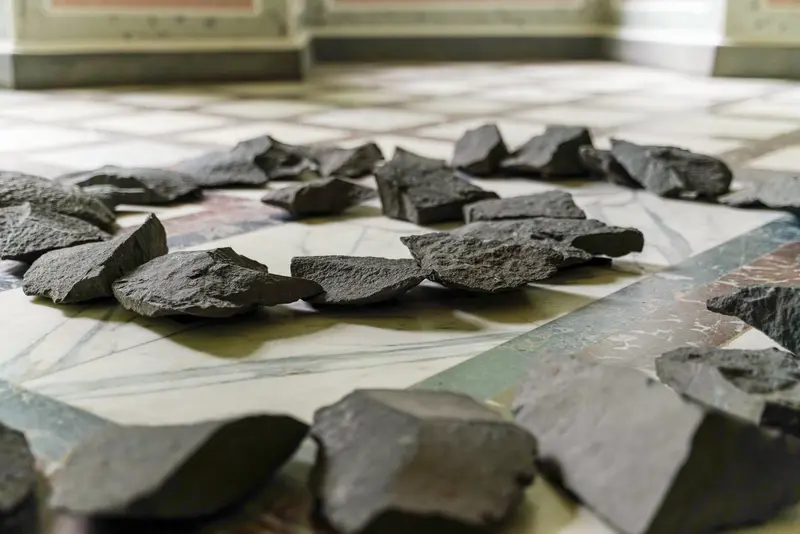Chiharu Shiota
Chiharu Shiota collected the components for the large installation "Inside-Outside" at construction sites in eastern Berlin. The old wooden windows, which were built into a new, fantastic architecture, were replaced en masse with plastic frames in the post-reunification period; a sign of upswing and modernization. As symbols of permeable boundaries between interior and exterior space, they act as witnesses to the life that once surrounded them. In the baroque main hall of the Wasserpalais, the contemporary work not only corresponds with the historical architectural layout of this building complex, whose window frontage opens up and stages the view of the Elbe flowing behind it. It also refers to the interplay of nature and culture as one of the guiding design principles of the complex park.







![[Translate to English:] [Translate to English:]](/fileadmin/_processed_/a/6/csm__1065788_d5a1dcc4ab.jpg)
![[Translate to English:] [Translate to English:]](/fileadmin/_processed_/6/c/csm_eppur_si_muove_quadrat_094037efc5.jpg)


